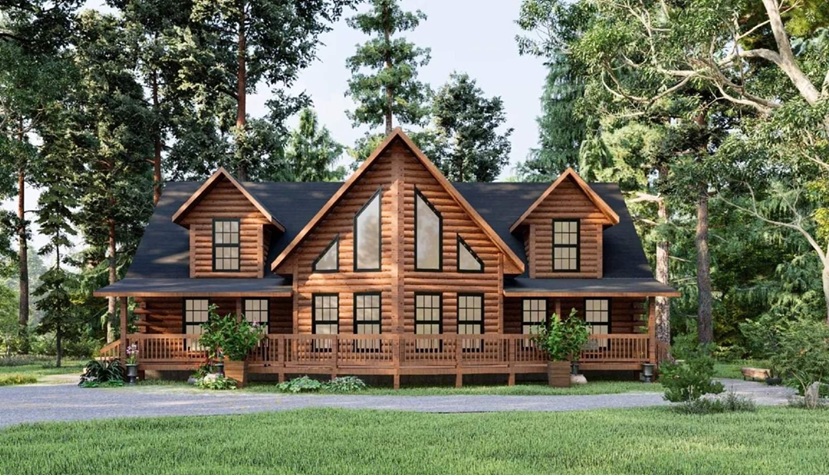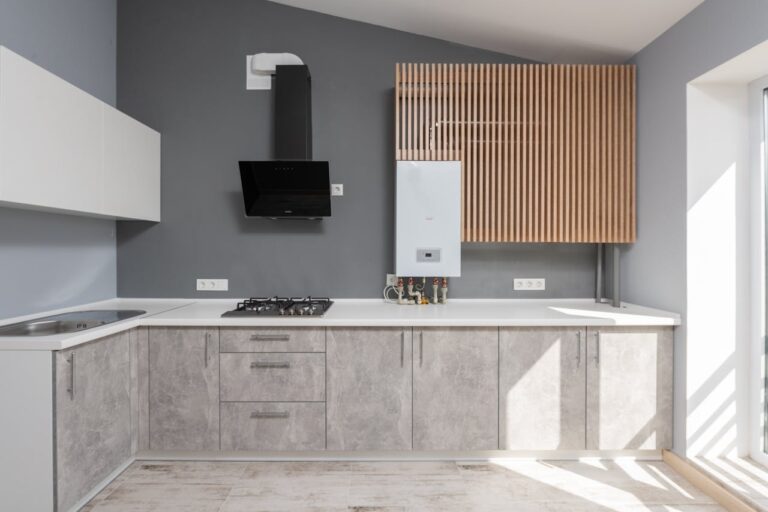
Key Takeaways
- Discover how eco-friendly log homes can contribute to a sustainable future.
- Learn the benefits and challenges associated with eco-friendly construction.
- Understand the resources and materials that make these homes environmentally friendly.
Introduction to Eco-Friendly Log Homes
Eco-friendly log homes are more than just a trend; they symbolize a profound commitment to a sustainable way of life. As the world grapples with climate change and environmental degradation, many individuals turn to solutions that balance aesthetics, comfort, and sustainability. Companies like Frontier Log Homes are leading the charge, showcasing how the traditional charm of log homes can merge seamlessly with eco-friendly building practices. By using renewable resources and implementing energy-efficient designs, these homes represent a significant step towards a greener future.
The journey towards sustainability isn’t solely about the look and feel of one’s home. Eco-friendly log homes offer substantial benefits, such as reduced carbon footprints, lower energy consumption, and long-term cost savings. Adopting such a lifestyle allows homeowners to minimize their environmental impact and embrace a way of living that aligns with the planet’s needs—a notion that resonates deeply with eco-conscious consumers today.
The Benefits of Eco-Friendly Construction
Embracing eco-friendly construction methods offers immense benefits, both environmentally and personally. Sustainable homes are designed to minimize waste and utilize resources efficiently, leading to considerable reductions in carbon emissions and energy usage. Homes constructed with green technologies improve indoor air quality and comfort. Such homes often require less maintenance over their lifespan, resulting in cost savings. Investing in eco-friendly construction reduces a home’s ecological footprint while enhancing quality of life.
Sustainable Materials in Log Home Building
The sustainable materials used in log homes’ construction are central to their eco-friendliness. Timber sourced from responsibly managed forests ensures that the building process has a minimal impact on the surrounding ecosystem. These renewable materials offer superior natural insulation, helping maintain a consistent indoor climate. Using recycled materials and energy-efficient appliances, eco-friendly log homes prioritize sustainability without compromising quality or design. Harnessing such materials guarantees that these homes are constructed with a minimal carbon footprint, providing lifelong durability and beauty.
Energy Efficiency in Log Homes
Energy efficiency remains a defining feature of contemporary eco-friendly log homes. Advanced construction techniques, such as precision fitting and natural thermal mass properties, allow these homes to maintain heat during winter and stay cool during summer, reducing the need for artificial heating and cooling systems. The National Renewable Energy Laboratory reports that energy-efficient home designs can lower energy use by up to 30%, translating into significant utility bill savings. These efficiencies ensure that residents enjoy a home that is kind to the planet and financially beneficial long-term.
Also Read: Creating Functional Spaces: Modern Interior Design Solutions for Small Homes
Conclusion: Why Choose an Eco-Friendly Log Home?
Choosing an eco-friendly log home is a powerful decision that aligns personal living spaces with broader environmental goals. Beyond the evident ecological benefits, such homes offer improved air quality and energy savings, making them a wise choice for individuals committed to sustainable living. As awareness grows and more people recognize the importance of ecological conservation, eco-friendly log homes will likely become the standard for those who want to live harmoniously with the planet. Investing in one of these homes is more than just a financial decision; it’s a lifestyle choice that prioritizes our planet’s and future generations’ health.








